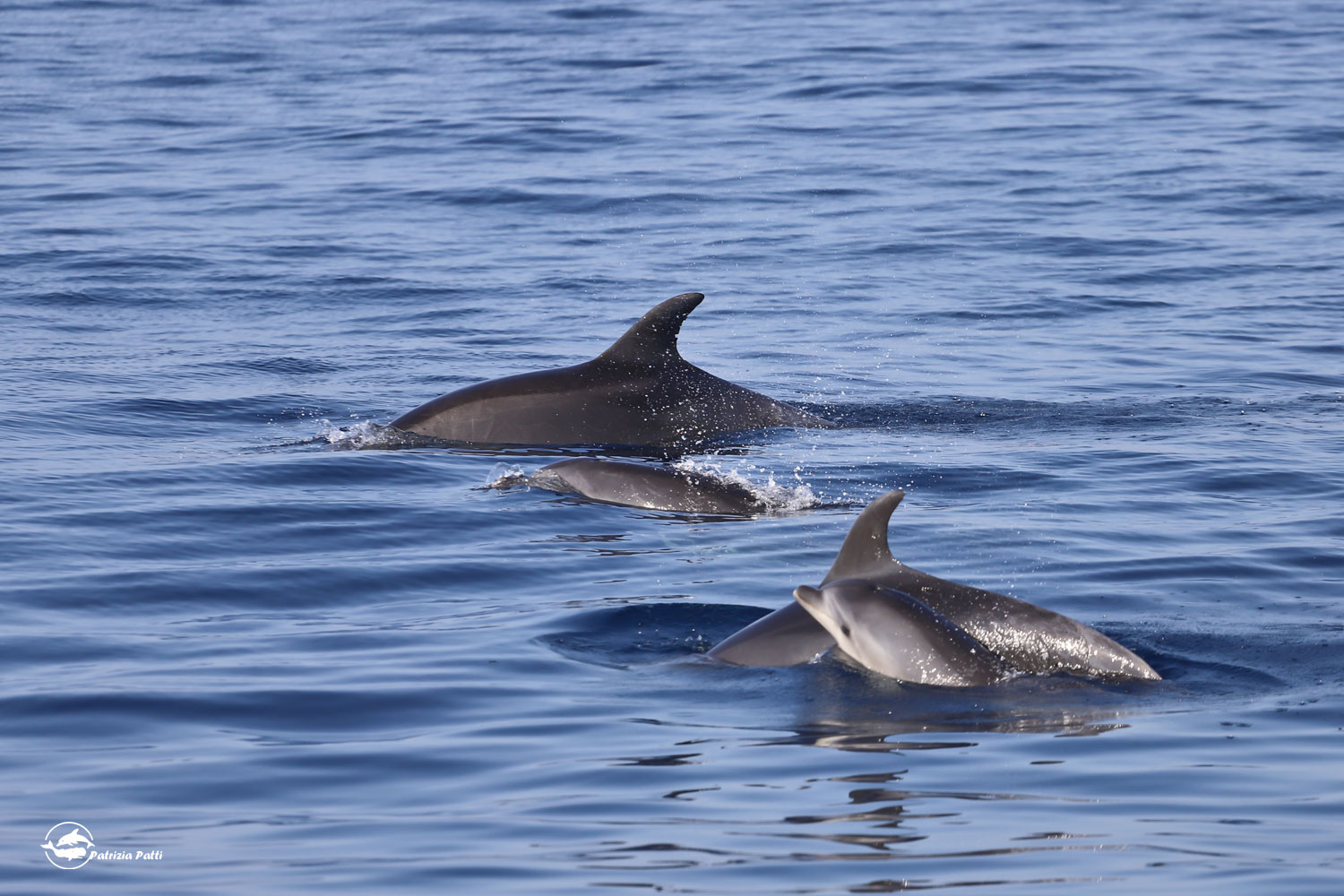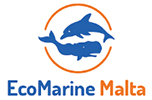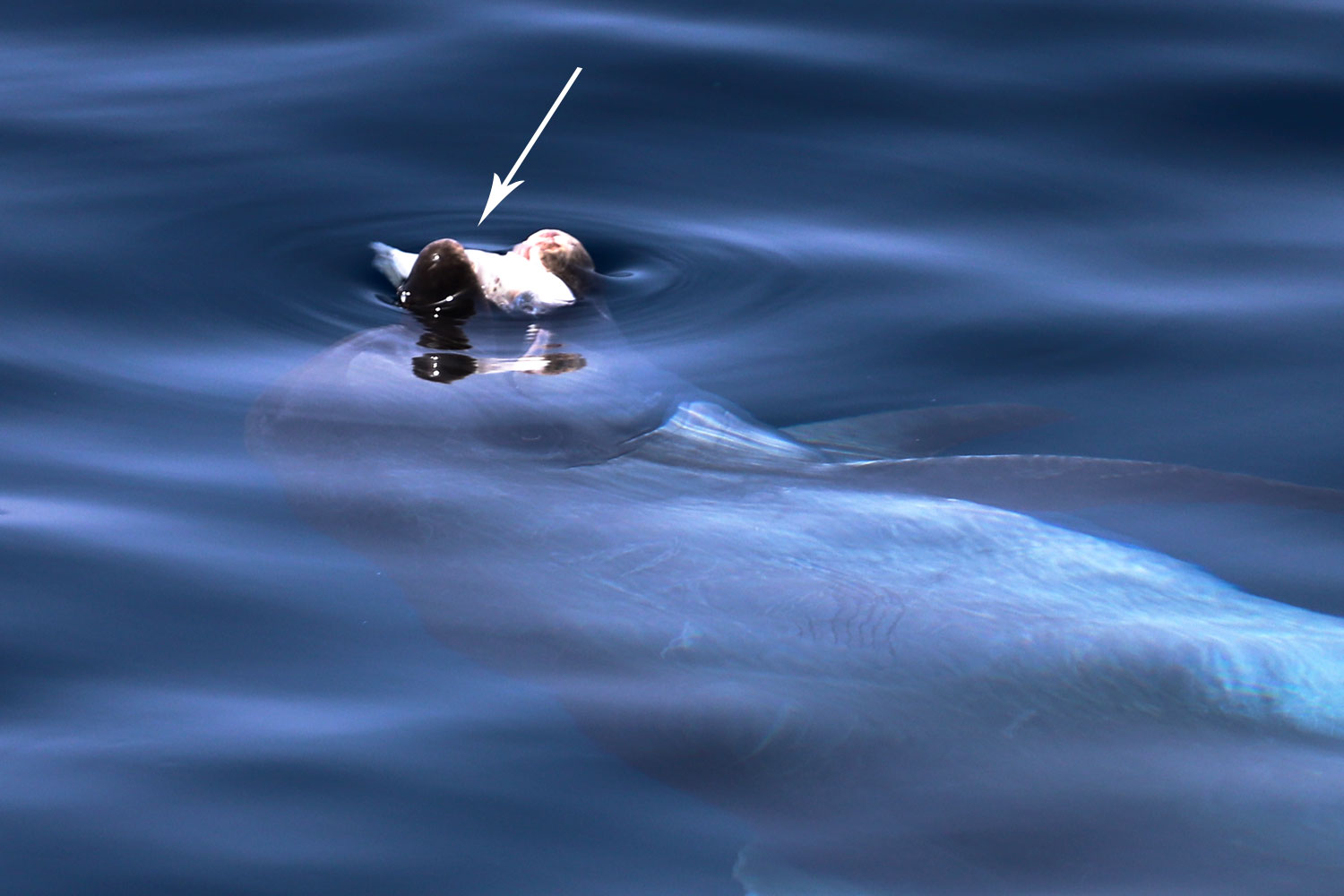
WHY WE SHOULD NOT FEED WILD DOLPHINS
In this article you will find information about
- Introduction on food provisioning on wildlife
- Effects on food provisioning
- Tourist’s viewpoint
- Law on Hand Feeding & case study
- Conclusions
Wildlife tourism enables people to have the amazing opportunity to view animals as they live and interact with each other in their natural homes, usually with the aid of an expert who spots them in nature. This tourism linked to wildlife is commonly cited as a means for promoting conservation on wildlife and seems to grow faster all over the world (World Tourism Organization). Due to the growing demand for wildlife viewing opportunities, food provisioning – like hand feeding by humans – is frequently used to mediate tourist-wildlife interactions. This practice can facilitate close encounters, which are craved by tourists and tour operators, but not many are aware that this can alter the natural behaviour of an animal, encourage adverse behaviour and affect the reproductive success and the viability of a population.
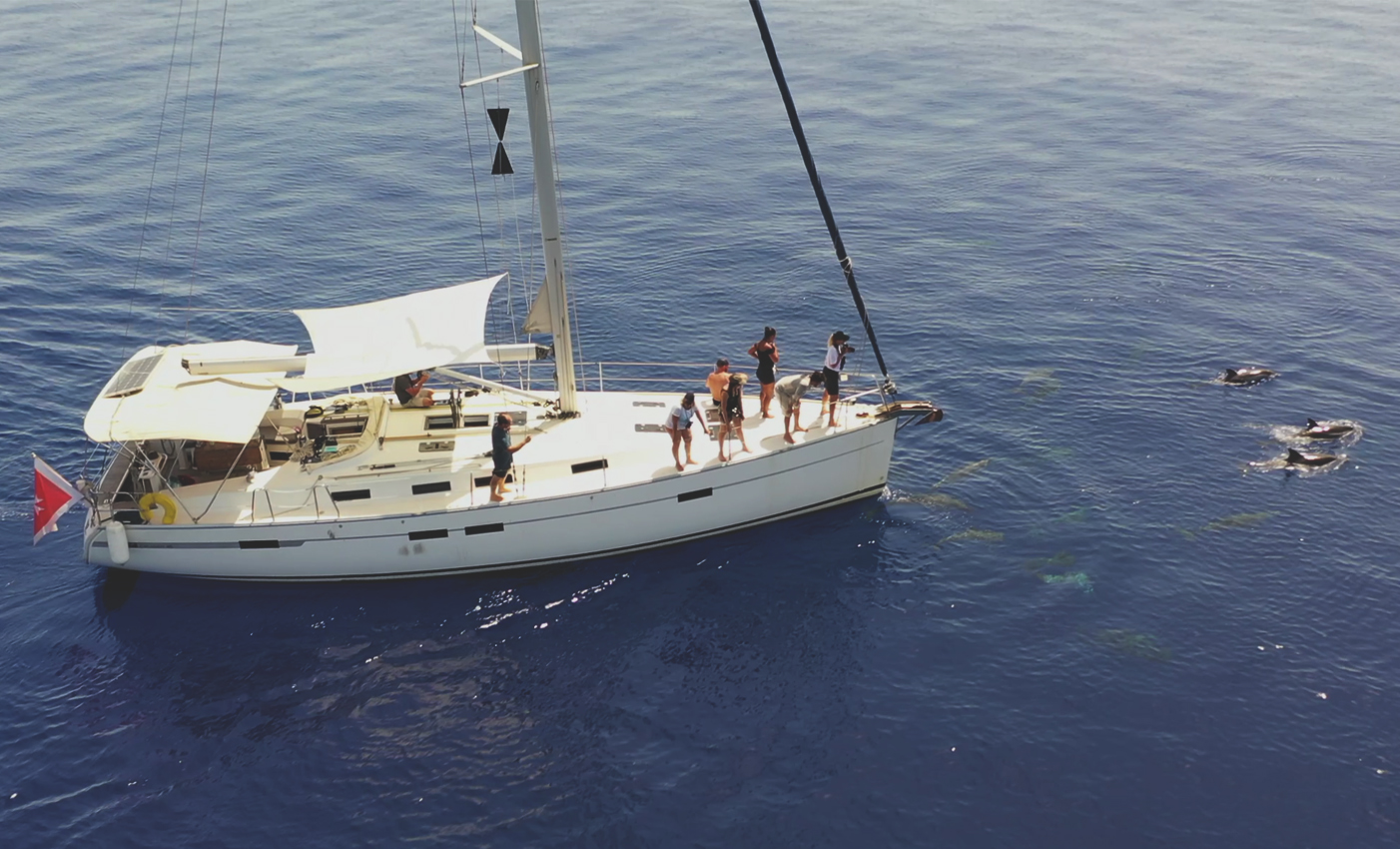
As previously said in our blog post on“Sustainable whale watching”, it is important to introduce people to wildlife viewing in a sustainable manner to avoid consequences on animals. However, food provisioning has created a controversial issue, where wild animals are treated as commodities to facilitate tourists – animal interactions with little concern for their welfare or long-term survival.
The effects of food provisioning have been studied in the population of provisioned wild dolphins such as Australia, Brazil e USA. Food provisioning can alter natural behaviour patterns, increase aggression, injury or disease and even alter population levels.
EFFECTS OF FOOD PROVISIONING:

- Activity pattern
Some species of dolphins like the bottlenose dolphin are opportunistic feeders, therefore they are able to find locations where food is available, such as those where fish provisioning occurs. This seems to have a direct consequence on dolphins as they spend less time foraging or socialising with conspecifics and more time travelling. Besides, there are serious implications if the provisioned dolphin is a female: hand-fed mothers spend increasing amounts of time waiting for food instead of caring for their offspring, increasing separation. As a consequence, this affects calves’ behavioural development and forces calves to spend more time foraging to compensate for the lack of maternal care.
- Calf survival
Some studies carried out on provisioned female dolphins at the Monkey Mia Resort, in Australia, show a decreased reproductive success compared to non-provisioned females (Monkey Mia Resort, Australia).
In addition, by studying the infant position, which is when a calf swims under the mother, lightly touching her abdomen, it is possible to understand the effect of food provisioning on maternal care.
Calves typically spend 30–60% of their life in the infant position from the age of three months old until weaning but calves from provisioned mothers experience increased mother-calf conflict over access to this position.
- Aggression displays
Due to the competition between animals for access to food, dolphins that receive food can become aggressive towards other dolphins and humans.
Tour operators and all people who engage in fish provisioning of wild dolphins are at risk of injury or other aggressive behaviour.
There are some cases where provisioned dolphins, after regular social interactions with people, start being aggressive displaying their aggressive roughhousing behaviour.
- Maladaptive behaviour
Maladaptive behaviours can be learned by other members of the pod as a vertical transmission of foraging behaviour, meaning detrimental behaviours are likely to be passed directly from mother to calf. Calves from mothers habituated to being fed may not learn essential hunting and foraging skills, altering their chances of survival to adulthood and, as a consequence, compromising the increasing rate of the entire population.
Dolphins are also able to change their natural behaviours to incorporate new ones that are aimed only at soliciting food from humans. These behaviours can increase the risks of boat collision and fishing entanglement. Other unnatural behaviour such as patrolling, scavenging, fishing line depredation and begging are linked to food provisioning, indeed dolphins adopted these behaviours as part of their usual foraging activities developed to obtain food from humans more easily.
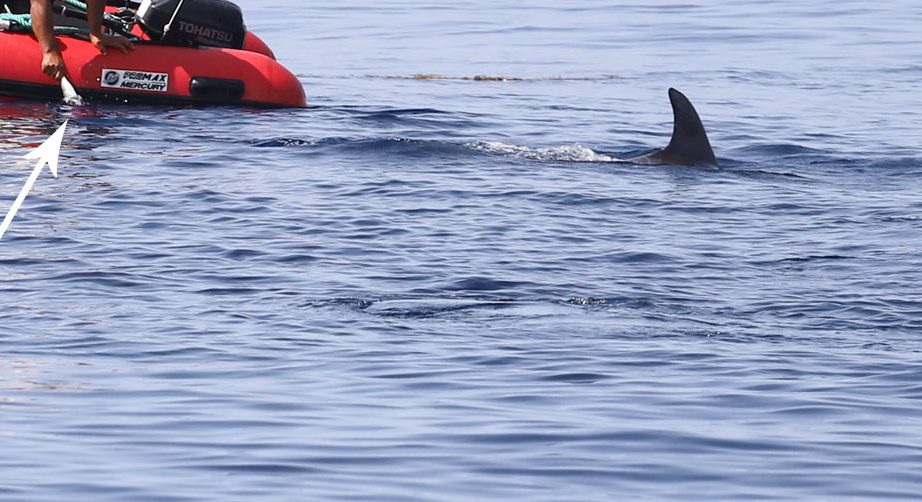
Tourist’s viewpoint
Due to its associated financial impact, tourism is a driving force behind many food provisioning establishments. However, tourists’ understanding of their effects on wildlife is often limited and influenced by personal knowledge and experience, and often is not aligned with the actual ecological consequences. Despite the indirect effects on social behaviour and maternal care are not immediately observable to visitors, the impacts of hand-feeding are complex and multifaceted. Tourists may find an activity acceptable because it is regulated by an authority, irrespective of any detrimental impacts it may be having on the target species.
Law on Hand Feeding & case study
Hand feeding of wild dolphins is illegal in different parts of the world, including the Mediterranean Sea. However, licensed programmes in some locations like Monkey Mia and Tangloooma in Australia still take place under specific regulations.
In the US, marine mammals are protected under the Marine Mammal Protection Act (MMPA). Specifically, such regulations, among the others listed in the act, prohibit feeding, attempting to feed, and harassing marine mammals in the wild. In order to enforce federal rules and look into infractions when they occur, the NOAA Fisheries Office of Law Enforcement collaborates closely with other federal and state law enforcement authorities.
If prosecuted, violators of the MMPA could face:
- Civil penalties up to $11,000.
- Up to 1 year in prison, plus criminal fines.
- Forfeiture of the vessel involved, including penalties for that vessel up to $25,000.
- Conclusion
Despite the evidence documenting its negative impacts, the feeding of dolphins is used to facilitate dolphin-tourist interactions throughout Australia and other parts of the world. It’s obvious that food provisioning is an activity that falls between semi-captive and wild on a scale of tourist– wildlife interactions. Infact, handfed dolphins cannot be considered truly wild, at least in part, as dependent on humans as captive and semi-captive animals.
Consequences are well known not just on the behavioural changes, including feeding and migration activities, but also on the health of dolphins that may eat contaminated (old or spoiled food) or non food items.
Fish provisioning can also affect the home range dimension, due to the less time budget spent foraging and exploring. Provisioned dolphins spent significantly less time socialising and having weaker social associations than the non provisioned dolphins.
The aggressivity shown in marine mammals when seeking food could be a serious risk not just for tour operators but also for all the people who want to be engaged with marine mammals.
And last but not least, food provisioning is associated with low reproductive success of dolphins. This aspect may be a significant contribution to the marine mammal populations wherever they are hand fed.
We think that tourists may be unaware of their impact, for this reason it is needed to spread awareness and consciousness about this massive touristic habit, but others may alter their views to justify the ethical implications of their actions by their immediate satisfaction on spotting dolphins in wildlife. Therefore, laws and environmental education can help us to reduce interactions related to food provisioning to dolphins.
